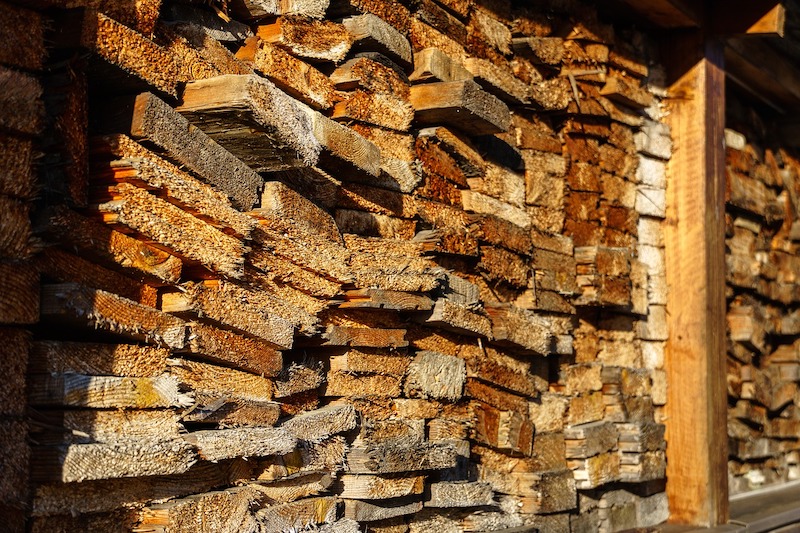Mass timber is an ideal material for structures designed for deconstruction and offers continued carbon storage after the expiration of the building’s lifespan, as well as removing material from the waste stream.
Advocates for this strategy point out that the wood not only sequesters carbon while the building is in use, but also continues to do so after it is disassembled and the wood is reused. A broader concept, Design for Disassembly and Adaptability, aims to extend the life cycle of buildings and their components, allowing the building to be updated, maintained, and modified more easily. And at the end of its useful life, disassembly allows for more efficient collection and reuse of materials and components.
Designing for disassembly requires professionals to rethink the way buildings are put together so that the materials can be disassembled and reused. This can be a complex undertaking that bucks existing common practices.
Demolitions are usually carried out quickly, making it difficult to reuse a large part of the materials. To counteract that impulse, the project should seek methods, solutions, and products that lend themselves to easier disassembly. In addition, specifying good quality materials that do not contain harmful and polluting chemicals make the parts more attractive for reuse.
Related Stories
| Dec 13, 2011
LEED-EB outpaces LEED for new construction
The U.S. Green Building Council's (USGBC's) LEED certifications for existing buildings standard is outpacing LEED for new buildings for the first time.
| Dec 13, 2011
Regulators charge pervasive abuse of construction workers in Connecticut
Federal and state regulators say they have uncovered what they call "widespread noncompliance" with minimum wage and overtime laws in Connecticut's construction industry.
| Dec 13, 2011
Philadelphia mayor signs order for project labor agreements
Philadelphia Mayor Michael Nutter signed an executive order establishing project labor agreements for major public works projects in Philadelphia.
| Dec 13, 2011
Improved code requirements for attic ventilation
The Roof Assembly Ventilation Coalition (RAVC) participated in the development of the code.
| Dec 12, 2011
LEED-EB Outpaces LEED for New Construction
The U.S. Green Building Council’s (USGBC’s) LEED certifications for existing buildings standard is outpacing LEED for new buildings for the first time.
| Dec 12, 2011
Philadelphia Mayor Signs Order for Project Labor Agreements
Philadelphia Mayor Michael Nutter signed an executive order establishing project labor agreements for major public works projects in Philadelphia.
| Dec 12, 2011
Improved Code Requirements for Attic Ventilation
The International Code Council (ICC) recently published the 2012 International Residential Code (IRC) that includes improved code requirements for balanced intake and exhaust for ventilated attics.
| Dec 12, 2011
DOE makes 2010 ASHRAE energy standard the reference for state energy codes
The U.S. Department of Energy (DOE) issued a ruling that establishes the 2010 American Society of Heating, Refrigerating and Air-Conditioning Engineers’ (ASHRAE’s) 2010 energy efficiency standard as the commercial building reference standard for state building energy codes.
| Dec 1, 2011
Chinese cabinet approves regulation to prevent fraud in construction bidding
China’s State Council approved a regulation to standardize bidding processes for construction and other business-related projects in order to prevent fraud and misconduct.
| Dec 1, 2011
More stringent efficiency codes driving growth in green building industry
Thanks partly to upgraded building codes, the building energy efficiency market will soar more than 50% between now and 2017 to $103.5 billion, according to Pike Research.













